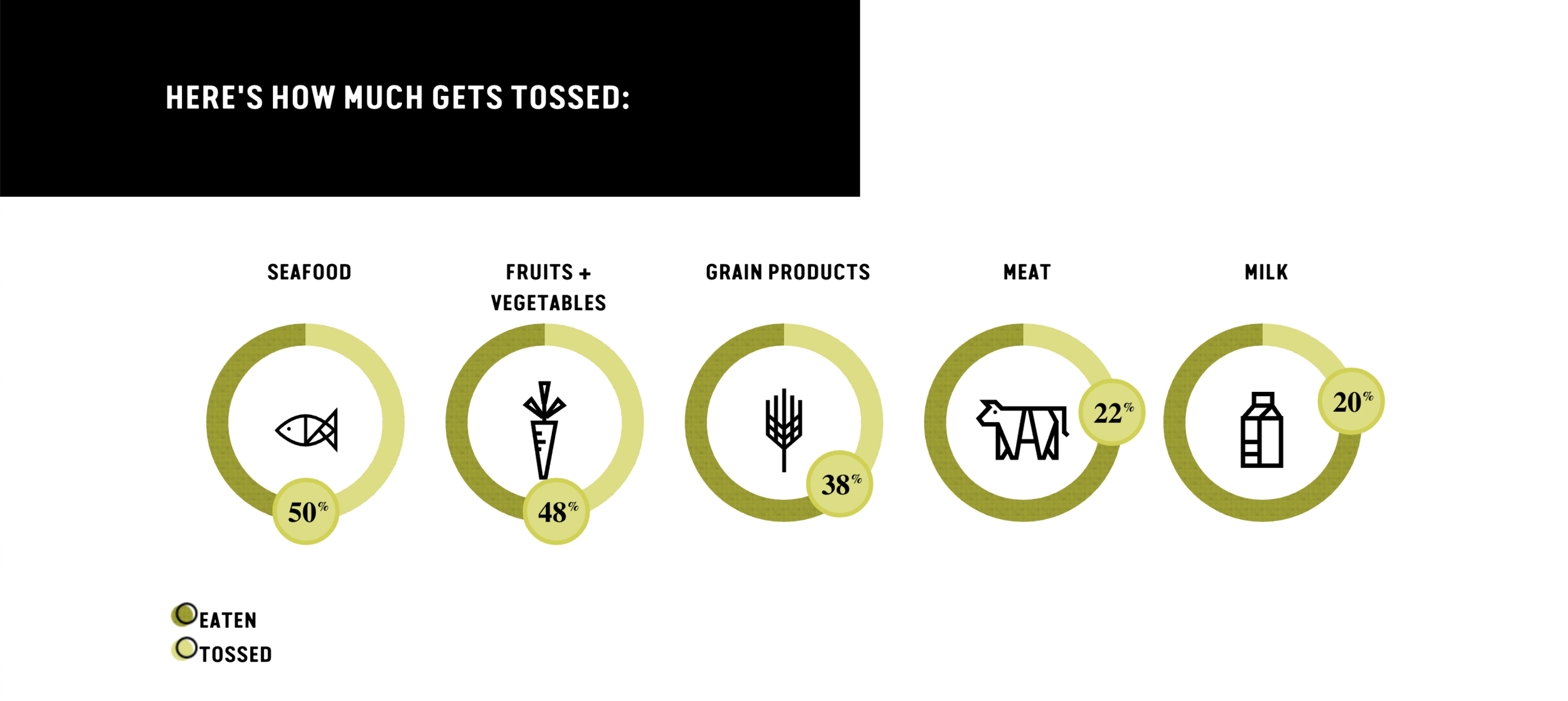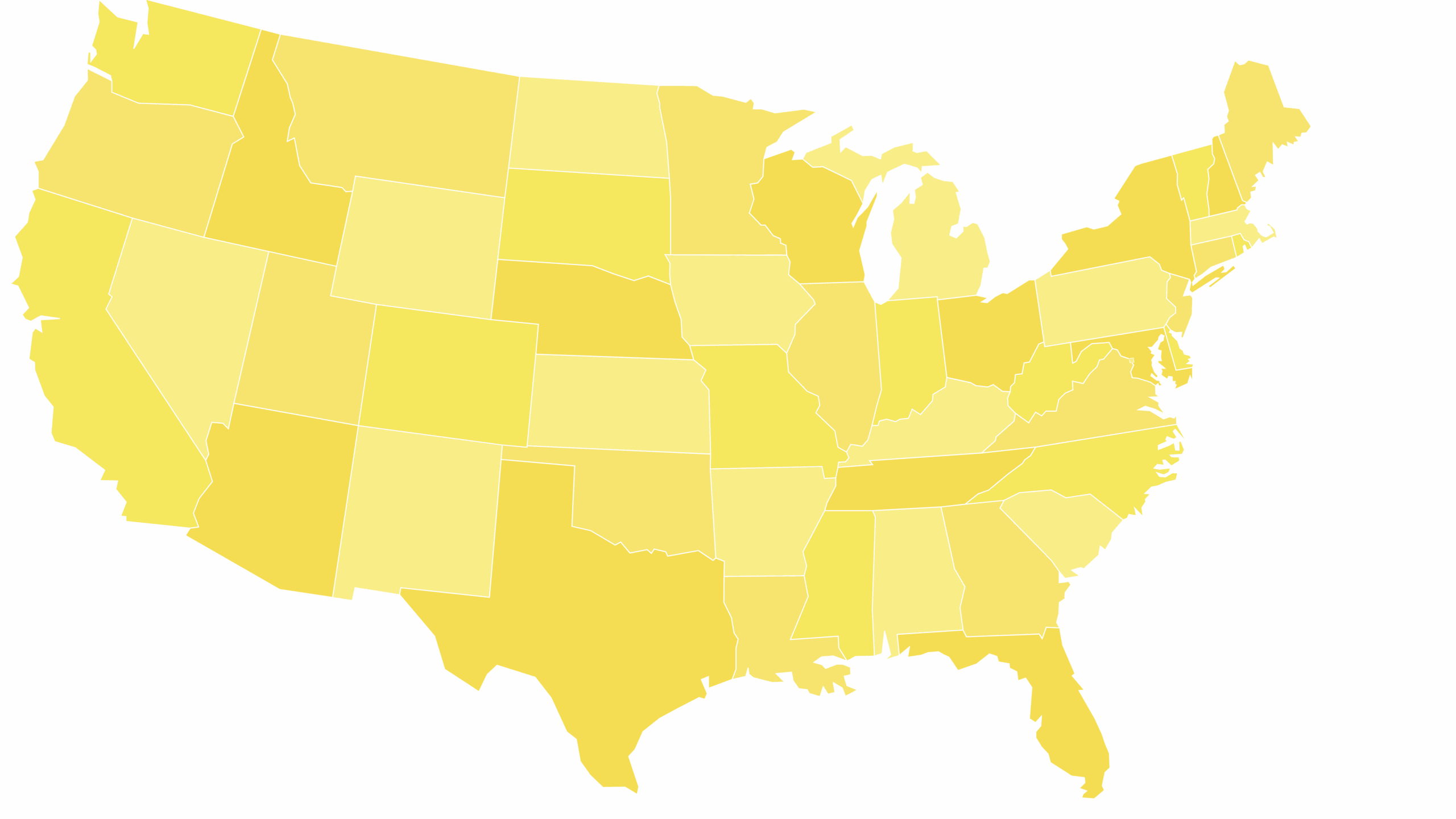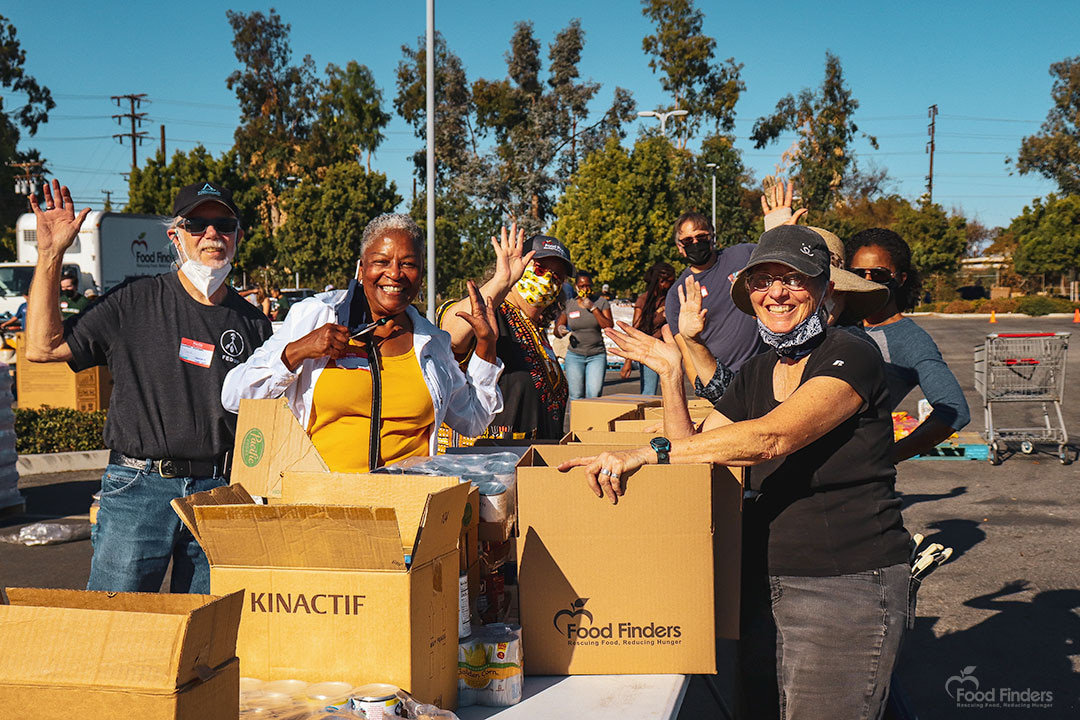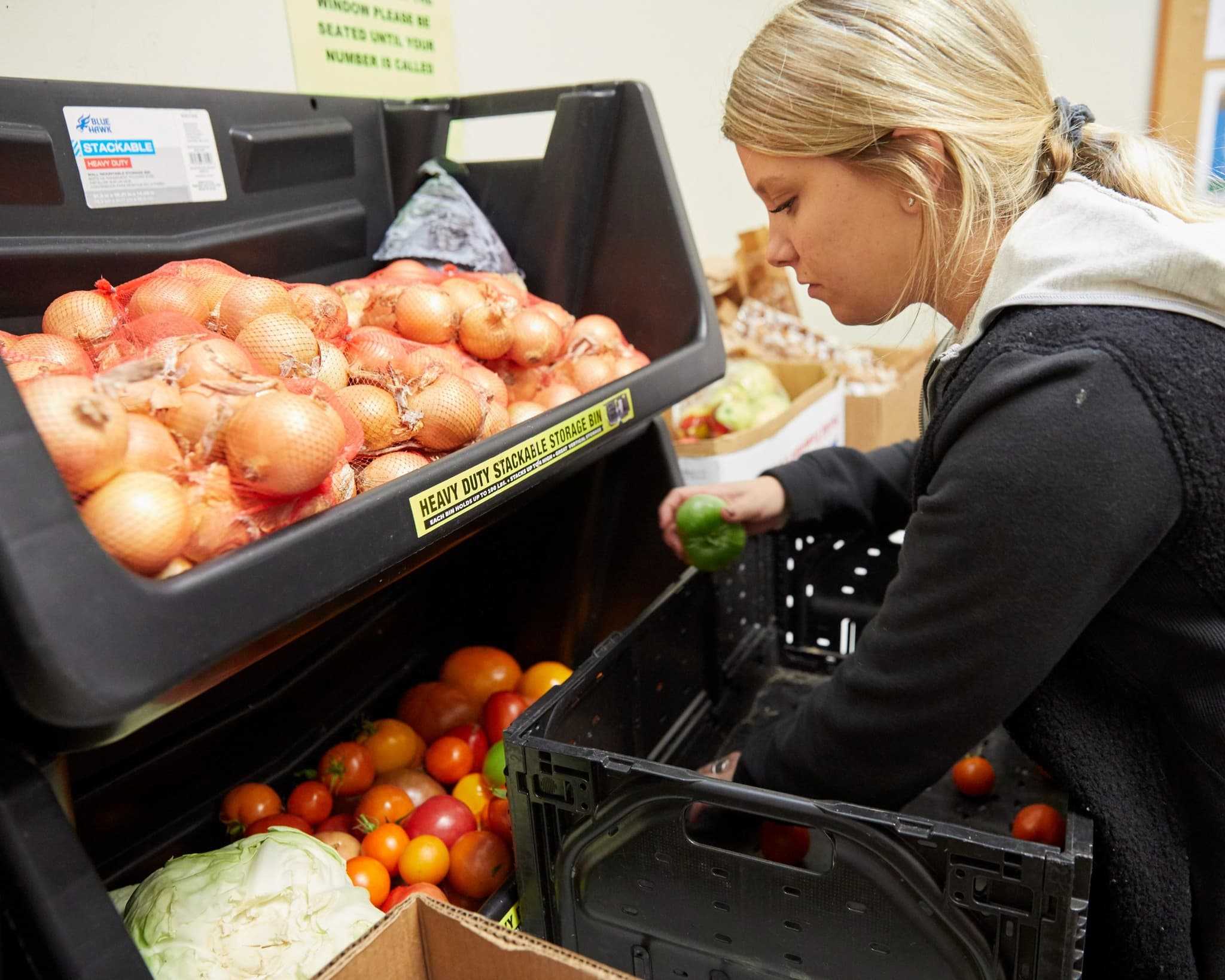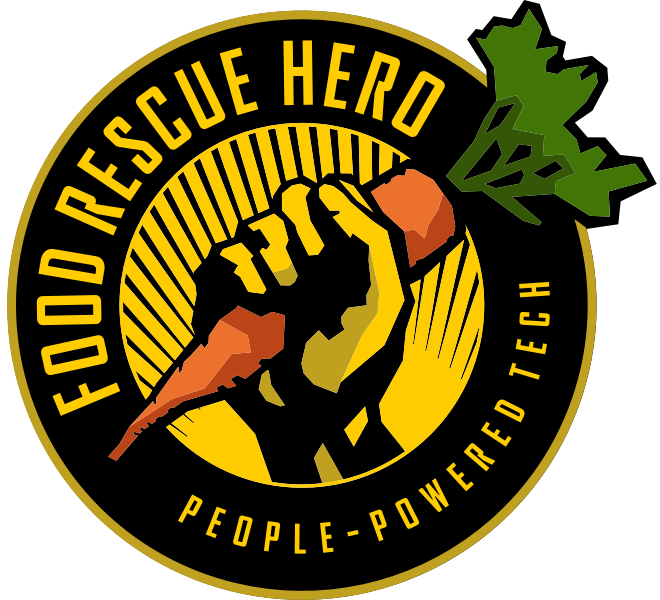Food waste is the single largest component of municipal landfills. Many people affected by hunger and poverty live in food deserts and often lack adequate transportation and enough hours in the day to access traditional food pantries.
Food Rescue Hero combines technology, last-mile logistics and community engagement to create a new food recovery and redistribution network that effectively delivers fresh and highly perishable food directly to those who need it most. At scale, Food Rescue Hero has the potential to be one of the most disruptive innovations to reduce food waste and hunger.



